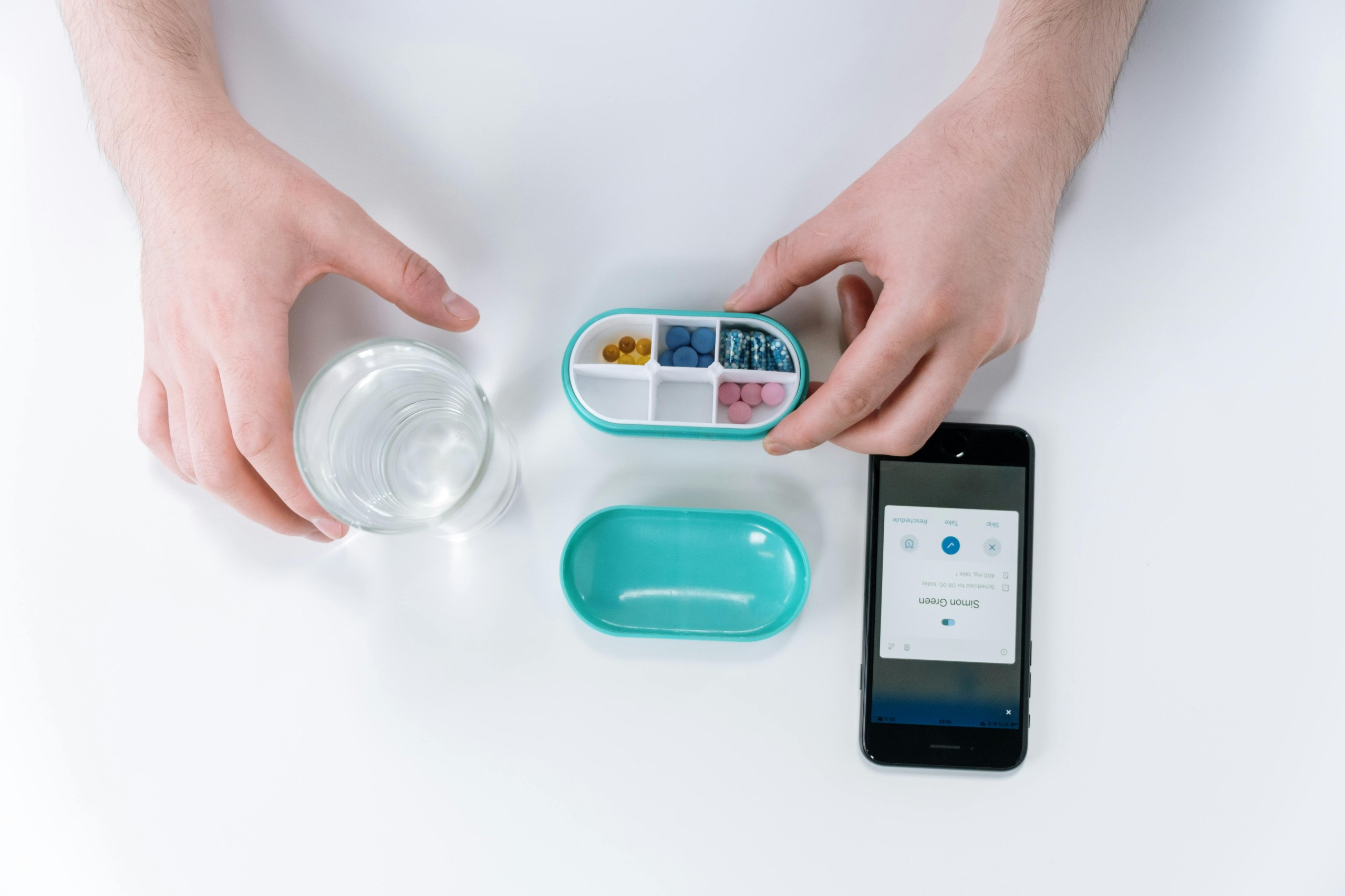
In health app development, every data point tells a story, but not all stories are equally valuable. Whether you’re building a wellness platform or a chronic conditions management tool, identifying the right biomarkers is essential for creating meaningful, clinically relevant, and user-engaging products.
The explosion of digital biomarkers has unlocked enormous opportunities for personalized healthcare. Heart rate variability (HRV) can flag early stress responses; continuous glucose monitoring reveals metabolic patterns; sleep stage analysis highlights recovery deficits. But with hundreds of potential metrics, many health apps risk drowning in data that looks impressive but delivers little actionable value.
Previously, we have already covered how to build a health app and how to make sure that the app is mobile-first. In this article, we’ll explore how to define your app’s biomarker strategy, which biomarkers to consider, and how to integrate them effectively for better outcomes, higher engagement, and stronger market positioning.
A biomarker is a quantifiable measure that indicates a biological process, condition, or disease. In traditional medicine, biomarkers often come from clinical tests, such as cholesterol levels, blood pressure readings, or HbA1c values. Digital biomarkers take this concept further by capturing the same or even more nuanced measurements via connected devices like wearables, smartphones, and medical sensors, often continuously and in real time. This shift enables a richer, more dynamic understanding of a person’s health profile, far beyond the occasional clinical snapshot.
Examples of common digital biomarkers and their value:
These metrics don’t just reflect a user’s current health status; they can power predictive analytics, enabling early intervention, personalized recommendations, and targeted preventive care strategies. When integrated into a health app, they can transform passive tracking into an active health management tool.
Choosing the right biomarkers is not just a technical decision; it’s a strategic one that determines the value your health app delivers, how users interact with it, and its long-term clinical credibility. The process begins with a clear understanding of your core use case and the outcomes you aim to influence. In our recent blog post, we summarized the best digital biomarkers for tracking longevity, recovery, and stress!
By systematically aligning biomarkers with your product’s mission, clinical credibility, and technical capabilities, you set the foundation for an app that delivers measurable value, supports user trust, and scales effectively across diverse use cases.
Not all biomarkers deliver the same level of value in real-world healthcare or performance applications. While some provide useful snapshots of the present state, the most impactful biomarkers do two things:
By selecting biomarkers that are both predictive and actionable, health apps and platforms move from being passive record-keepers to active agents in prevention, optimization, and care management.
Predictive and actionable biomarkers enable proactive care, shifting the model from detecting problems after they occur to preventing them altogether. For health insurers, this means reduced claims costs; for wellness providers, it improves retention; and for performance-focused platforms, it ensures users achieve measurable progress with lower injury or illness risk.
By designing your biomarker framework around these principles, you transform your solution from a tracking tool into a decision-support engine—one that delivers tangible value for both users and stakeholders.
In digital health, more metrics don’t automatically mean better outcomes. Tracking every possible biomarker can overwhelm users, slow decision-making, and dilute the impact of your insights. For end users, too much information often leads to confusion and disengagement. For product teams, it adds integration complexity, increases compliance demands, and slows time to market.
The solution is to focus on a small set of high-value biomarkers that directly align with your app’s core purpose and deliver the most predictive and actionable insights.
Example – Mental Wellness App
Example – Cardiovascular Risk Platform
By narrowing the scope, you keep interfaces simple, boost engagement, and make insights easier for clinicians, insurers, and coaches to act on. In biomarker strategy, less is often more, ensuring every data point serves a clear purpose.
Identifying and leveraging the right biomarkers is one of the most strategic decisions in health app development. It determines not only the accuracy and value of your insights but also your app’s engagement potential and market differentiation.
Seamless integration is the cornerstone of any successful biomarker strategy; without it, even the most advanced metrics can remain siloed and underutilized. To help you drive meaningful health outcomes, Thryve designed an API that collects, harmonizes, and acts on data in a way that’s scalable, secure, and clinically relevant. We offer:
By focusing on clinically relevant, predictive, and actionable metrics and integrating them seamlessly through robust APIs, you can transform raw data into life-changing health outcomes. You can get more information on multiple wearable APIs integration here!
Ready to integrate high-impact biomarkers into your health app?Book a demo with Thryve to see how our API can power your next innovation.
Tanya Vynohradova is a Partnerships & Customer Success Manager at Thryve, where she works closely with digital health teams to explore meaningful collaborations and ensure long-term value. She focuses on clear, responsive communication and helps translate complex technical solutions into practical outcomes. Her work bridges technical innovation and business value to drive health tech adoption at scale.